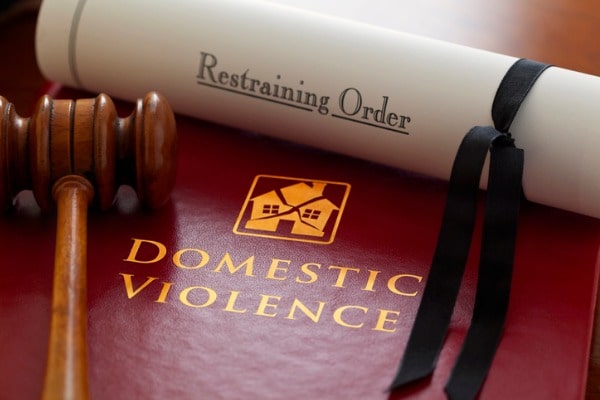
In United States v. Garcia, the 9th Circuit Court of Appeals held that pretrial release conditions forbidding a defendant from possessing firearms are consistent with the nation’s historical tradition of firearms regulation.
BACKGROUND FACTS
Mr. Fencl was arrested after police officers found more than 110 guns in his house, including 10 unregistered and untraceable “ghost guns,” 4 silencers, and 3 short-barreled rifles. Officers also uncovered thousands of rounds of ammunition, including armor-piercing and incendiary rounds and a tear-gas grenade.
In a different case, Mr. Perez-Garcia was arrested following a customs inspection at the United States-Mexico border. He was the passenger in a car in which officers found approximately eleven kilograms of methamphetamine and half a kilogram of fentanyl.
Both men were charged with multiple felony offenses. Consistent with the Bail Reform Act of 1984, two federal magistrate judges released Fencl and Perez-Garcia pending their trials. However, both were subjected them to a condition of pretrial release that temporarily barred them from possessing firearms pending trial. The magistrate judges concluded that the firearm condition was the least restrictive way to assure the safety of the community and the defendants’ appearances in court.
On appeal, Fencl and Perez-Garcia contend that the pretrial firearm condition violated their Second Amendment rights. They believe they were unlawfully prohibited from possessing guns while they are released pending trial.
9TH CIRCUIT’S REASONING AND CONCLUSIONS
In short, the 9th Circuit upheld the appellants’ temporary disarmament as consistent with our nation’s historical tradition of firearm regulation.
The 9th Circuit reasoned that Congress passed the Bail Reform Act of 1984 to respond to the alarming problem of crimes committed by persons on release. The Act authorizes federal courts to release defendants awaiting trial subject to specific conditions that protect the community from the risk of crimes they might commit while on bail. Courts have discretion to choose which conditions will best keep the community safe. Furthermore, some conditions that are necessary to keep the community safe nevertheless burden constitutional rights.
“Bail Reform Act’s firearm condition on Appelants is justified by our nation’s history of disarming criminal defendants facing serious charges pending trial. Based on our historical review, we agree that our society has traditionally subjected criminal defendants to temporary restrictions on their liberty—including restrictions that affect their ability to keep and bear arms—to protect public safety and to ensure defendants’ attendance at trial. As we explain below, the combination of separate but related founding era practices supports this conclusion: (1) most serious crimes were eligible for capital charges; (2) the government had the power to detain, and usually did detain, defendants indicted on capital charges; and (3) once detained, criminal defendants were completely disarmed. The Bail Reform Act’s firearm condition as applied to Fencl and Perez-Garcia fits within this historical tradition of firearm regulation.” ~9th Circuit Court of Appeals
Next, the 9th Circuit explained that during the Founding Era, most serious criminal acts and felonies constituted capital offenses. As a result, defendants indicted on capital offenses were typically detained without bail, effectively disarming them.
With that, the 9th Circuit concluded that the Bail Reform Act’s pretrial release firearm condition as applied to Appellants was relevantly similar to the founding era tradition of disarming criminal defendants facing serious crimes.
My opinion? Often in my criminal practice I see lots in incidents involving guns. Clients ask whether police can seize their firearms if a crime is pending. And what about situations where there was an incident, but no gun was involved? The short answer is yes, police can seize firearms and other weapons under these circumstances. This often happens in allegations involving Domestic Violence and felonies. However, there needs to be an order issued from a judge.
Please contact my office if you, a friend or family member face crimes prohibiting the possession of firearms. Hiring an effective and competent defense attorney is the first and best step toward justice.

:quality(70)/d1hfln2sfez66z.cloudfront.net/11-12-2019/t_b5bf72ca8bc04cd1ba4c039b6dc1ee5f_name_2927F3CB11354590AA0E701EF29B5C6E.jpg)














